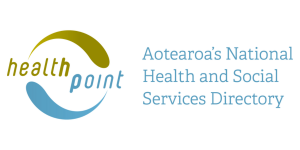Osteoarthritis
Osteoarthritis is the most common type of arthritis. It usually affects the 50-plus age group, and is slightly more common in women than men. It involves a change to the protective cushion of the cartilage covering the ends of your bones, where two bones meet to form a joint.
Read more about osteoarthritis.
Rheumatoid arthritis
Rheumatoid arthritis can start at any age but usually occurs between the ages of 20 and 55. Three times as many women than men are affected. If not properly treated, ongoing inflammation can progressively damage your joints and cause joint deformities. Rheumatoid arthritis is an autoimmune condition, so it can also affect other systems in your body.
Read more about rheumatoid arthritis.
Gout arthritis
Gout causes sudden attacks of pain in some joints. It can affect any joint but the first attack usually affects your big toe or another part of your foot. The joint becomes painful and swollen and the skin over the joint can become red and shiny. If not treated, gout can become chronic, causing damage to your joints and bones.
Read more about gout.
Other types of arthritis
Other types of arthritis include:






